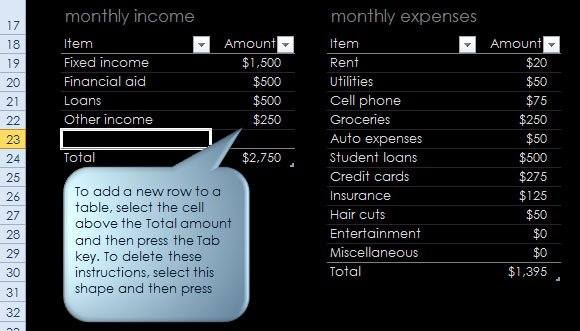

Over 70% of our California undergrads get an average of $18,000 in grants and scholarships to help with costs, including UC tuition, food and housing, transportation, books and supplies.Įven if you don’t qualify for financial aid, UC’s Tuition Stability Plan keeps your tuition the same for up to six years. We have generous financial aid programs and predictable tuition costs year-to-year that help to bring a UC education within reach. Parent assets do not include qualified retirement plan accounts, such as 401(k), 403(b), IRA, SEP, SIMPLE and Keogh plans, the net worth of your family home and any small businesses owned and controlled by the family.Going to college is an investment - but it’s worth it. Parent assets include bank and brokerage accounts, and college savings plans. Custodial 529 plan accounts are reported as a parent asset on the FAFSA. Student assets include custodial bank and brokerage accounts, such as UTMA and UGMA accounts. This can include workers’ compensation or disability benefits. Untaxed income is any income received that isn’t reported as part of adjusted gross income (AGI) on your federal tax return. This includes grants, scholarships, federal loans and student employment (e.g., Federal Work-Study).

What does the Expected Family Contribution impact?Įxpected Family Contribution will affect your eligibility for need-based financial aid as well as the amount of financial aid you receive.Other factors include your family size and the number of children attending college or a career school during the academic year.įinancial need is calculated by subtracting the amount of your Expected Family Contribution from your college’s Cost of Attendance. Untaxed income can include retirement plan contributions and tax-free benefits such as Social Security disability and retirement benefit payments and unemployment benefits. Your Expected Family Contribution is based on your family’s total income (including both taxed and untaxed income), assets and dependency status (dependent student or independent student). What determines your Expected Family Contribution?.

#College expenses calculator free#
Your Expected Family Contribution (EFC) is determined when you file the Free Application for Federal Student Aid (FAFSA). When is the Expected Family Contribution determined?.The Expected Family Contribution (EFC) is a measure of your family’s financial strength that determines how much financial aid you will receive. What is the Expected Family Contribution?.This calculator estimates EFC using the rules in place for the 2023-2024 school year. You can use the calculator to evaluate the impact of changes in income and assets on eligibility for need-based financial aid. In most cases, a student with a lower EFC or higher COA will qualify for more financial aid. This calculator lets you estimate your child's EFC before you complete the FAFSA by answering a subset of the questions on the FAFSA. These "PROFILE" colleges still use the federal EFC for awarding federal and state aid. Fewer than 200 colleges use a supplemental form called the CSS PROFILE to calculate an institutional EFC. Most colleges use the federal EFC for awarding their own financial aid funds in addition to government aid. This federal EFC is calculated based on the information reported on the Free Application for Federal Student Aid (FAFSA). The EFC is based on the student and parent income and assets, family size, number of children in college and other demographic factors.The COA is based on tuition, fees, room, board, books, supplies, equipment, transportation to/from college and miscellaneous expenses.Financial aid eligibility is based on a student's financial need, which is the difference between the college's Cost of Attendance (COA) and the student's Expected Family Contribution (EFC).


 0 kommentar(er)
0 kommentar(er)
